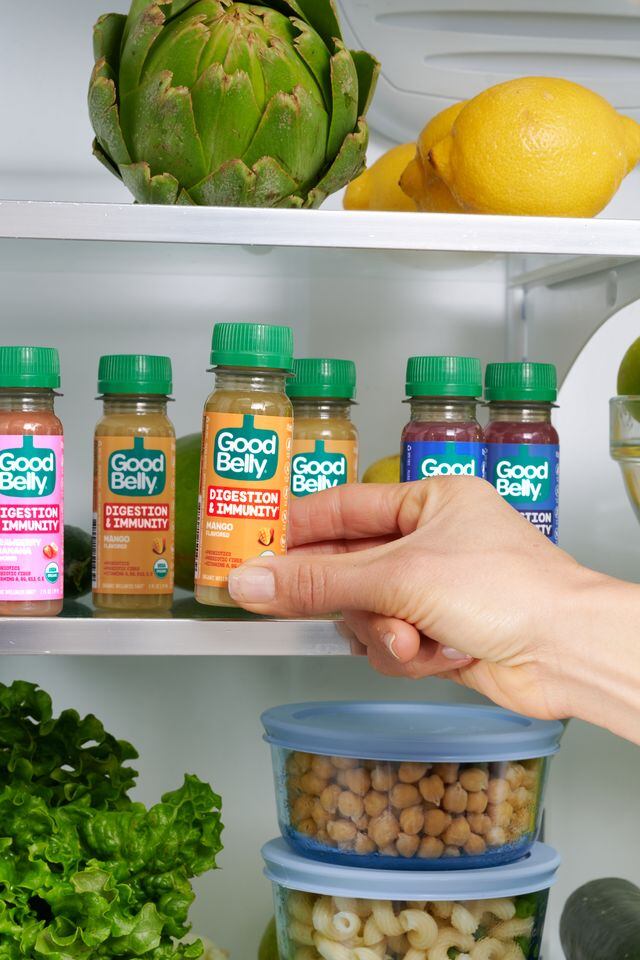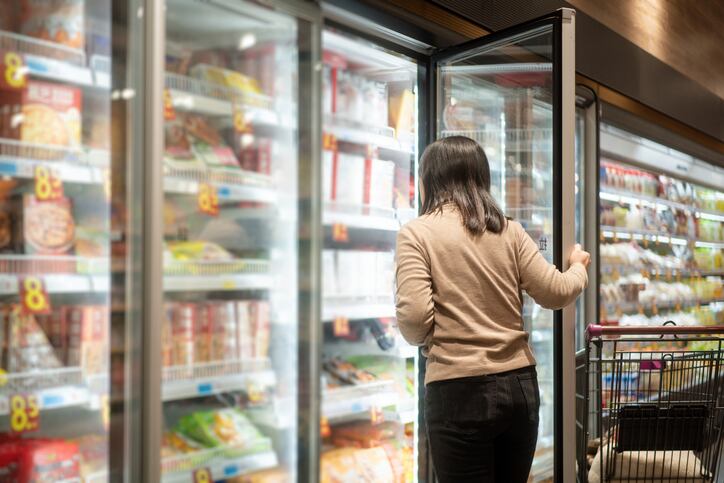The refrigerated aisle is no longer just about dairy and ready-to-eat meals – it is emerging as a testing ground for reimagined staples and health-driven innovations.
Tracking growth in the category
Research from the National Frozen & Refrigerated Foods Association (NFRA) shows shoppers increasingly view refrigerated products as higher quality and more aligned with their health goals. According to the group’s 2025 consumer survey, 77% of adults associate refrigerated items with high-quality ingredients and 70% say these products support health and wellness.
At the same time, shopping patterns remain habitual. Nearly half of consumers (49%) report sticking with the same products every trip, which limits exposure to new formats or brands. The NFRA study suggests that relatively simple interventions – discounts, in-store sampling, recipe prompts and clearer signage – can have an outsized influence on encouraging trials. Discounts were cited by 50% of shoppers as the most motivating factor to try new items, followed by in-store sampling (42%) and meal inspiration (29%).
Beyond value cues, consumers also express interest in more variety. Younger shoppers, in particular, point to snack kits, global flavors and familiar products reimagined for health and convenience, such as cottage cheese or protein-forward snacks, are categories with room to evolve, according to the research.
In the aisle
This push for variety coincides with broader shifts in consumer behavior.
“Wellness has become a daily habit,” said Lella Rafferty, CMO at NextFoods, maker of GoodBelly. “Consumers want products that are fresh, taste great and deliver benefits they can trust.”
Recent research underscores that point: Roughly 72% of Gen Z and Millennial shoppers purchased a food or beverage with a health benefit listed on its packaging in the past year, with gut health among the top priorities. GoodBelly has responded by updating its formulations to include prebiotics and expanding into portable probiotic wellness shots – moves designed to make its products easier to incorporate into daily routines while reinforcing the brand’s positioning in the refrigerated set.

Egglife Foods has also moved deeper into the chilled aisle. In July 2025, the company introduced two new products including GRAB & GO, a ready-to-eat wrap snack, and POWER PASTA, a refrigerated egg-based pasta. The launches mark Egglife’s first step beyond its flagship egg white wraps and signal an effort to broaden eating occasions – from breakfast to dinner – within the refrigerated category. Both products reflect consumer interest in protein-dense, low-carb options that align with health trends but still offer convenience and familiarity.
Why ‘going cold’ makes sense strategically
The movement of traditionally shelf-stable products into refrigerated formats reflects several converging dynamics:
- Premium and health positioning: Refrigerated products carry a perception of freshness and higher quality, attributes that can elevate brand equity.
- Increased trial: Visibility in the chilled aisle, combined with promotions or sampling, helps new formats break through habitual shopping behavior.
- Daypart flexibility: New refrigerated products can extend usage across multiple occasions, from on-the-go snacking to dinner solutions.
- Habit formation: Wellness-oriented items, such as probiotic shots, fit naturally into daily routines, reinforcing repeat purchases.
Final thoughts
For retailers and manufacturers alike, the perimeter of the store continues to be where momentum and opportunity lies.
NFRA data suggests consumers already trust the category for quality and wellness, but they also want more variety and inspiration. Brands like GoodBelly and Egglife illustrate how repositioning shelf-stable concepts as refrigerated offerings can deepen engagement, expand eating occasions and align with shifting consumer expectations.



